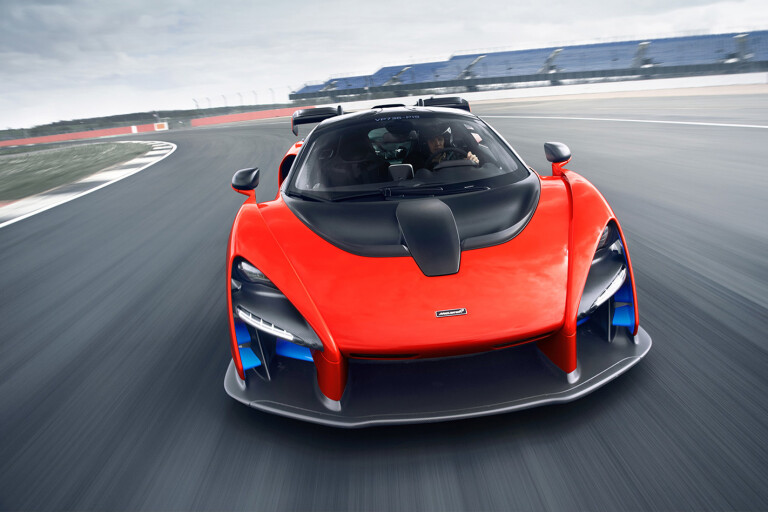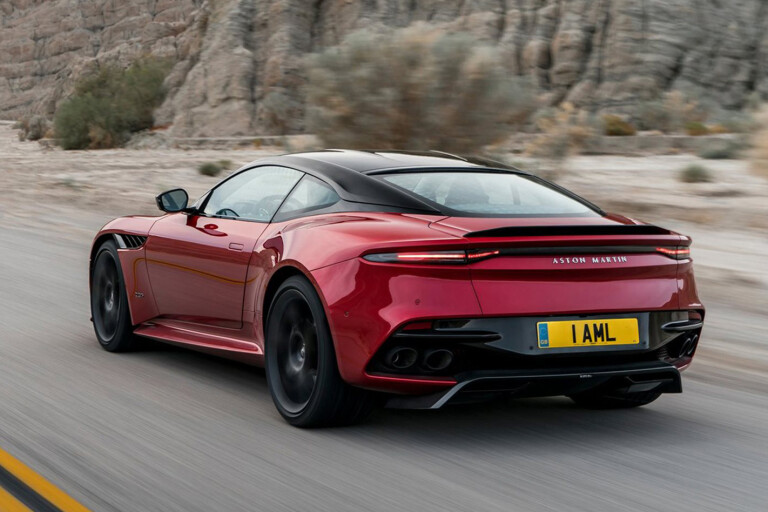
Growing up in Australia means certain things will be hardwired into your DNA from a very young age. A high tolerance and strange attachment to salt-infused yeast spreads, for example. And a blase attitude towards highly venomous snakes and spiders. Another is a deep, and sometimes irrational, rivalry with 'The Motherland', England.
For many, ‘rivalry’ is too weak a word, especially if you have a keen interest in sport. Beating the wretched Poms is one of life’s sweetest pleasures, while losing, particularly in rugby or cricket (as we are right now) almost verges on unbearable.
Imagine my surprise then, at feeling a strange pang of jealousy for the Brits at a recent launch in Portugal. I was there to drive the McLaren Senna, and the pitlane was swarming with clipped accents and stiff upper lips. Nearly every staff member was marching about with a puffed-out chest, and rightly so. The Senna, despite looking like a 720S that has been stung by a prehistoric wasp and hit with an axe while having an enormous ironing board stuck across its bottom, is a gobsmackingly accomplished piece of engineering.

And then there’s the confidence that comes from working for a company that has achieved astonishing success in an incredibly short period of time. Just seven years since launching the strangely named MP4-12C, McLaren now has the credibility and the product to rival Ferrari and Porsche – iconic brands that have been continuously building cars for 10 times as long.
Demand is at fever pitch. McLaren sales doubled in 2016 to 3286 units, with 5000-6000 the goal by 2020, and customer hunger for models like the A$1.6m Senna is so savage that they sell out instantly, even before the car has turned a wheel. Jokingly, I asked one McLaren exec if there’s a price they could charge that customers wouldn’t pay and he didn’t even blink before answering “nope”.

McLaren isn’t the only Brit enjoying a purple patch. Aston Martin has embarked on a similar model boom and is reaping the rewards of its broadest ever line-up (sales were up 58 percent year-on-year in 2017; manufacturing was at a nine-year high), and that’s before it adds its DBX SUV and the F1-rivalling, Adrian Newey-designed Valkyrie hypercar.
There’s plenty of mainstream success too. Nissan, Toyota, Honda, Mini and Jaguar Land Rover all build cars in the UK (total volume is around 1.6 million vehicles), with Britain’s automotive industry estimated to employ more than 800,000 people. Admittedly, the whole Brexit thing has thrown a spanner in the works, with investment down and jobs lost, but seen through the dismal context of our own extinct industry, it’s hard not to be envious.
There are also some potentially encouraging parallels. Back in the 1980s, the British car industry was on its knees, with production numbers cut in half. More recently, the GFC hit hard, knocking confidence and volumes to new lows. And yet, from those brinks, the UK is now responsible for some of the world’s leading brands.

Yes, it’s folly to draw a direct comparison with Australia, but the recent, and unexpected, announcement that Brabham is building all 70 of its BT62 track cars in Adelaide shows a revival of sorts isn’t impossible. After all, our expertise at building world-class cars hasn’t disappeared. And if the Brits can do it, why can’t we?



COMMENTS